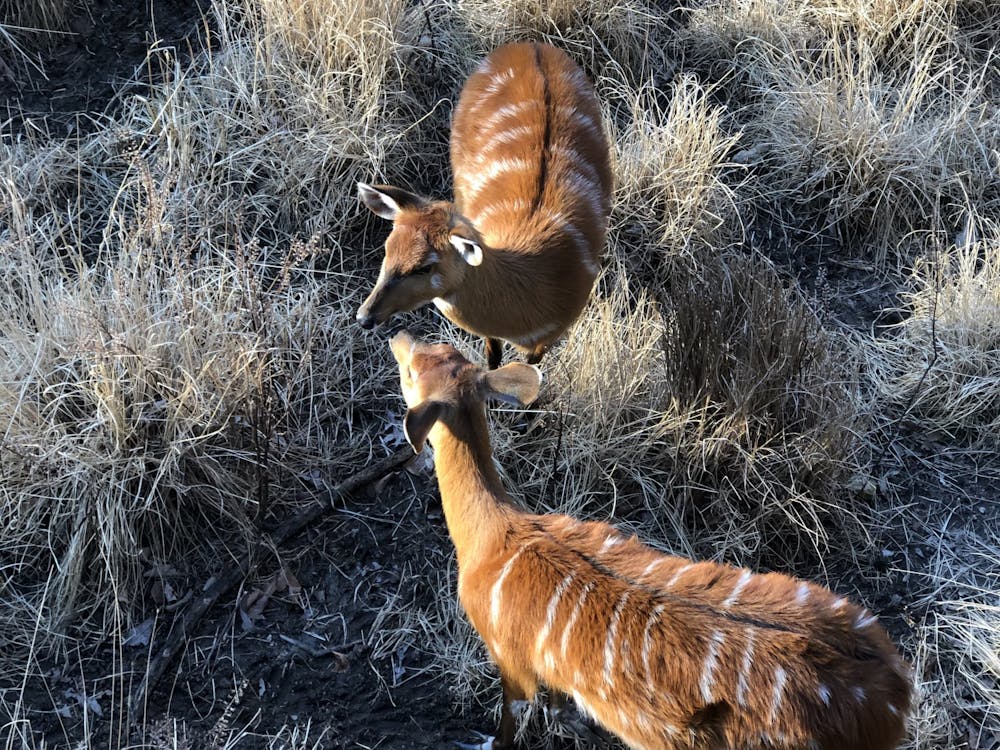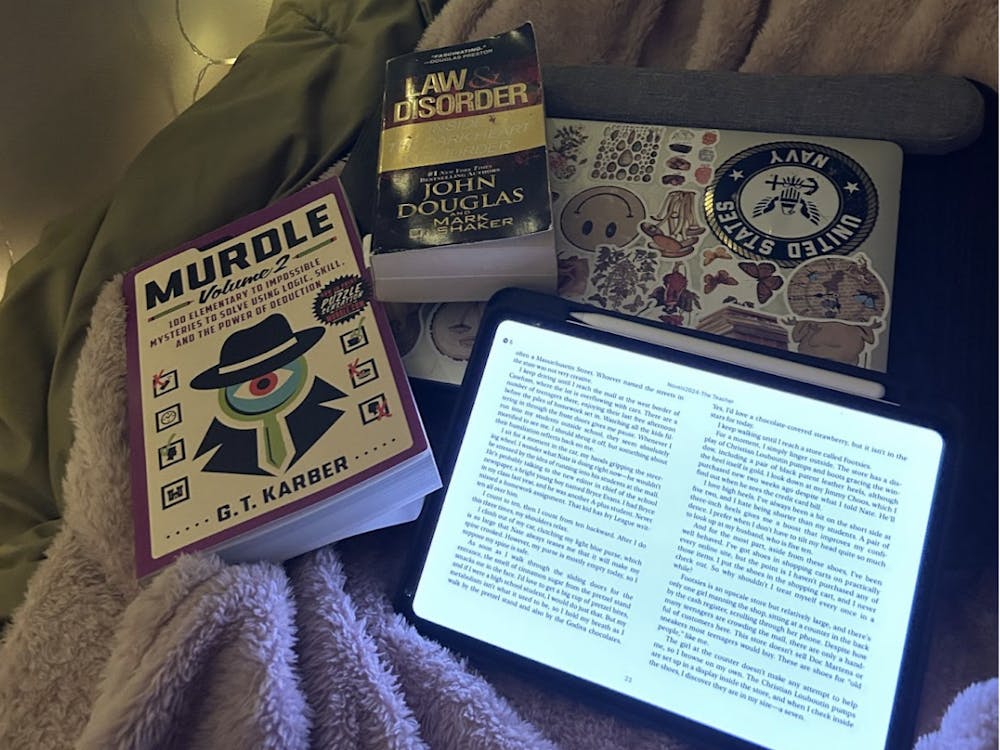Bored of your daily walk around campus? Venture about two miles over to The Maryland Zoo, located in northwest Baltimore’s historic Druid Hill Park.
Outdoors and spread out, the Zoo offers a relatively safe escape from being a human during COVID-19. But beyond the joy of seeing baby chimpanzees and other animals, President and CEO Kirby Fowler believes that zoogoers are also seeing how Homo sapiens fits into the larger ecosystem.
“It’s strange, but there’s a bit of a silver lining because we can raise awareness about people’s connections to animals and the need to respect them,” he said in an interview with The News-Letter. “People are better understanding how the destruction of land and habitats can lead to pandemics.”
Rampant deforestation and economic development, in tandem with climate change, are pushing people closer to wildlife, which allows infectious diseases like COVID-19 to spread. Fowler hopes that greater awareness about the dangers of biodiversity loss will help promote the conservation efforts that the Zoo funds and participates in locally and internationally.
Ellen Bronson, senior director of Animal Health, Conservation & Research at the Zoo, noted that primates, big cats and mustelids like otters are susceptible to COVID-19. However, there have been no cases among the animals due to preventive measures the Zoo first implemented when it closed last March.
“The hardest thing was when we were shut down for three months,” she said. “Many animals really enjoy the commotion and having visitors and seeing new things all the time.”
Staff members’ masks can obscure training commands, she added, making it hard for primates to read facial expressions.
Nevertheless, the animals have adapted to pandemic life and so have their keepers. In June, the Zoo reopened at limited capacity with timed-entry tickets and other practices to promote sanitation and social distancing.
Ellie Damstra, a Charles Village resident who graduated from Hopkins last year, enjoyed her trip to the Zoo in January.
“No animal is quite as majestic as a Homewood squirrel, but the lions were a close second,” she said.
Fowler explained that in recent months, attendance has soared; this past November to January marked a 46% increase from average attendance over the past three years for that time period. However, he stated that in the past year the Zoo has lost $4 million, or a quarter of its annual operating revenue, largely due to the cancellation of big events.
After the pandemic, Fowler said, the Zoo plans to continue its virtual field trips, along with other online events and experiences.
“Our social media outreach has really blossomed,” he said. “One upside of COVID is that it’s forced us to be more creative.”
In the future, virtual programming may play a role in promoting tourism, one of the goals of the Zoo’s 10-year master plan. Fowler stressed, though, that the Zoo’s priority is being the best zoo in the region.
In an email to The News-Letter, T.J. Smith praised the Zoo, which he visited in September. A former chief spokesperson for the Baltimore Police Department, Smith ran in the recent mayoral election.
“In the midst of the pandemic, it is important to keep the kids safe, active and social. Our public parks and certainly our zoo represent great places to do that,” he wrote. “The Maryland Zoo in Baltimore is a treasure, and we are fortunate to have it.”
For Damstra, seeing the lions up close was a humbling experience.
“Nature can be strong and powerful but also dangerous,” she said. “We need to admire nature and be respectful because zoonotic viruses can emerge if we’re not careful.”
Fowler encouraged Hopkins students to join the Zoo’s research and conservation efforts, which Bronson said speak to the concept of “One Health,” an interdisciplinary approach to improving human, animal and environmental health.
She explained that doctors, veterinarians, ecologists and other experts must collaborate to address global issues like COVID-19.
“The Zoo and the One Health community are taking advantage of this very unfortunate pandemic to work on things like the wildlife meat trade... to make people more aware of it and how it will lead to more things like this pandemic,” Bronson said. “Hopefully, zoos play an important role in unraveling this disease and monitoring it and others.”





